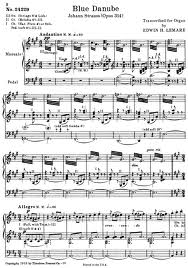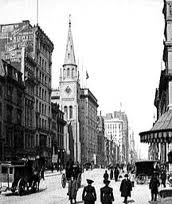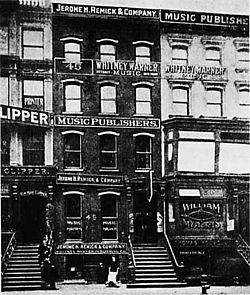The White Star Line Songbook Had More than 150 Songs for the musicians to learn. The songs were mainly upbeat and consisted of ragtime and waltzes. Hymns would have been appropriate for Sunday services. The musicians were expected to know all of these songs by memory and play any of them upon request from a passenger.
“Let Me Call You Sweetheart” is a very popular song. I have sung it numerous times while dancing with the residents. It was written by Leo Friedman and Beth Slater Whitson. The song was published in 1910.

“An der schönen blauen Donau, Op. 314” (German for On the Beautiful Blue Danube) is better known as “The Blue Danube”. The waltz was written by Austrian composer, Johann Strauss II. Strauss composed the song in 1866. Strauss later made some changes. The words were added by Joseph Weyl, of the Vienna Men’s Choral Association’s poet at the time.
“Alexander’s Ragtime Band” was written by Irving Berlin the year before in 1911. The song quickly became a hit.
“Oh, You Beautiful Doll” was written by Seymore Brown and Nat D. Ayer in 1911. The 1911 composition is one of the first songs with a twelve bar opening.
“Shine On, Harvest Moon” was written in the early-1900s by the vaudeville team Nora Bayes and Jack Norworth. The due debuted the song in the 1908 Ziegfeld Follies. This is just one of many Moon songs by the Tin Pan Alley composers.

“Jeannie with the Light Brown Hair” was written by Stephen Foster and published in 1854. He wrote the parlor song with his wife in mind.
“Londonderry Air” is a melody that originated in Ireland. The tune became popular around the world, and lyrics such as “Danny Boy“ are set to the melody. The melody appeared in the 1855 book The Ancient Music of Ireland. The tune was contributed by Jane Ross, who heard the tune being played in the sreets and wrote it down. Other songs with this tune include Irish Love Song {words by Katherine Tynan Kinkson} in 1894, the hymn “I cannot tell” by William Young Fullerton, and “In Derry Vale.” Composer Dottie Rambo married the tune with her lyrics for “He Looked Beyond My Fault.”
“To A Wild Rose” Was written by American composer Edward Alexander MacDowell. This short piece was very popular.
“I Want A Girl (Just Like The Girl That Married Dear Old Dad)” was written by Harry Von Tilzer. He was considered one of the best Tin Pan Alley songwriters in the early 20th Century. Some of his other hits were “A Bird in a Gilded Cage”,”Wait ‘Til The Sun Shines Nellie”, “And The Green Grass Grew All Around”, and “The Ragtime Goblin Man”.
“Come Josephine, In My Flying Machine” written in 1910 by Alfred Bryan and Fred Fischer.
“The Man on the Flying Trapeze”, was a popular song from the early English music hall days. George Leybourne and Alfred Lee published the song in 1868.
Many of these songs can be found on Titanic compilation music CDs. How many of these songs do you know?



